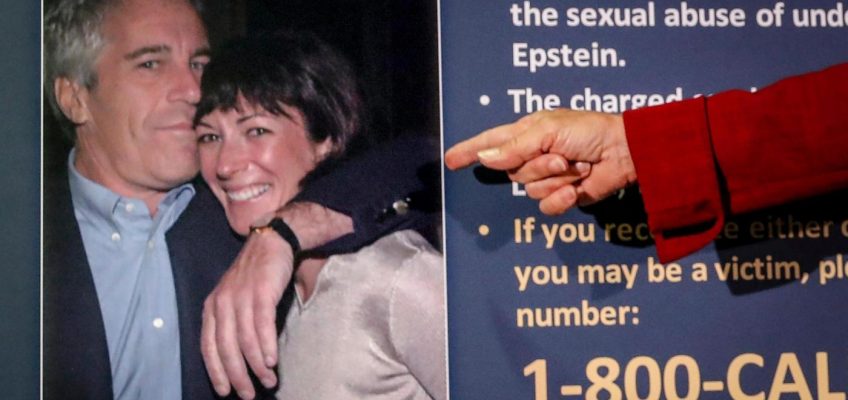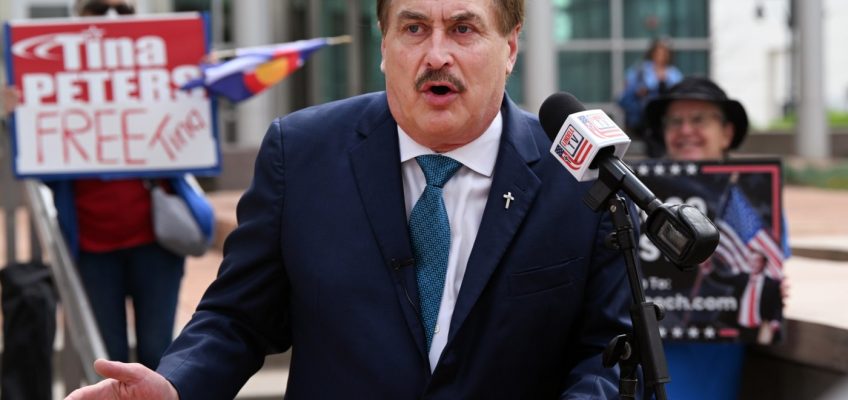By BEN FINLEY, Associated Press
A federal judge in Maryland has prohibited the Trump administration from taking Kilmar Abrego Garcia into immediate immigration custody if he’s released from jail in Tennessee while awaiting trial on human smuggling charges, according to an order issued Wednesday.
U.S. District Judge Paula Xinis ordered the U.S. government to provide notice of three business days if Immigration and Customs Enforcement intends to initiate deportation proceedings against the Maryland construction worker.
The judge also ordered the government to restore the federal supervision that Abrego Garcia was under before he was wrongfully deported to his native El Salvador in March. That supervision had allowed Abrego Garcia to live and work in Maryland for years, while he periodically checked in with ICE.
Related Articles
House Democrats launch bid to subpoena Justice Department for Epstein files
Judge rejects Trump administration effort to unseal Epstein grand jury records in Florida
US automakers say Trump’s 15% tariff deal with Japan puts them at a disadvantage
FDA panel on the use of antidepressants during pregnancy is alarming experts
Americans are paying for Trump’s tariffs, not foreign companies
Abrego Garcia became a prominent face in the debate over President Donald Trump’s immigration policies following his wrongful explusion to El Salvador in March. Trump’s administration violated a U.S. immigration judge’s order in 2019 that shields Abrego Garcia from deportation to El Salvador because he likely faces threats of gang violence there.
The smuggling case stems from a 2022 traffic stop for speeding, during which Abrego Garcia was driving a vehicle with nine passengers. Police in Tennessee suspected human smuggling, but he was allowed to drive on.
U.S. officials have said they’ll try to deport Abrego Garcia to a country that isn’t El Salvador, such as Mexico or South Sudan, before his trial starts in January because they allege he’s a danger to the community.
A federal judge in Tennessee has been considering whether to release Abrego Garcia to await trial, prompting fears from his attorneys that he would be quickly expelled by ICE.
In an effort to prevent his deportation, Abrego Garcia’s attorneys asked the judge in Maryland to order the U.S. government to send him to that state to await his trial. Short of that, they asked for at least 72 hours notice if ICE planned to deport Abrego Garcia.
Abrego Garcia’s American wife, Jennifer Vasquez Sura, is suing the Trump administration in Xinis’ Maryland court over his wrongful deportation in March and is trying to prevent another expulsion.
U.S. officials have argued that Abrego Garcia can be deported because he came to the U.S. illegally around 2011 and because a U.S. immigration judge deemed him eligible for expulsion in 2019, although not to his native El Salvador.
Following the immigration judge’s decision in 2019, Abrego Garcia was released under federal supervision, received a federal work permit and checked in with ICE each year, his attorneys have said.
The Trump administration recently stated in court documents that they revoked Abrego Garcia’s supervised release when they deemed him to be in the MS-13 gang and deported him in March.



